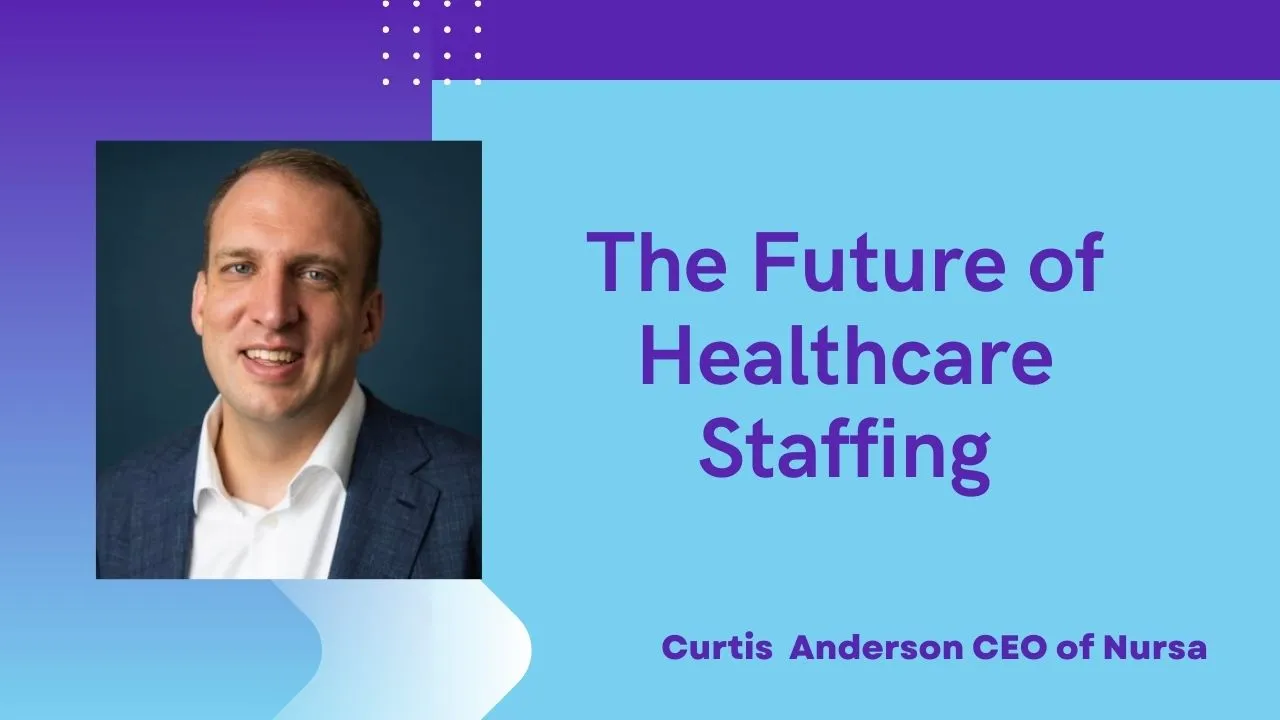Nursa Founder and CEO Curtis Anderson recently published an article for the business media outlet MedCity News. In his article, Anderson tackles the country’s nursing shortage and explains both why and how the healthcare industry must take a new approach to staffing.
Why: Hospitals Are Under Pressure
Healthcare͏͏ systems͏͏ are͏͏ grappling͏͏ with͏͏ a͏͏ critical͏͏ nursing͏͏ shortage,͏͏ as͏͏ over͏͏ 900,000͏͏ nurses͏͏ are͏͏ expected͏͏ to͏͏ leave͏͏ the͏͏ profession͏͏ by͏͏ 2027.͏͏ This,͏͏ coupled͏͏ with͏͏ rising͏͏ labor͏͏ costs,͏͏ puts͏͏ hospitals͏͏ under͏͏ immense͏͏ pressure͏͏ to͏͏ maintain͏͏ efficiency͏͏ and͏͏ meet͏͏ growing͏͏ patient͏͏ needs.͏͏ Traditional͏͏ staffing͏͏ models,͏͏ often͏͏ rigid͏͏ in͏͏ scheduling,͏͏ are͏͏ contributing͏͏ to͏͏ nurse͏͏ burnout͏͏ and͏͏ turnover,͏͏ especially͏͏ post-pandemic,͏͏ where͏͏ flexibility͏͏ is͏͏ more͏͏ desired.
According to Anderson, addressing͏͏ this͏͏ issue͏͏ requires͏͏ adopting͏͏ flexible͏͏ staffing͏͏ models,͏͏ supported͏͏ by͏͏ technology͏͏ that͏͏ enables͏͏ real-time͏͏ shift͏͏ matching.͏͏ This approach͏͏ reduces͏͏ reliance͏͏ on͏͏ costly͏͏ staffing͏͏ agencies,͏͏ eases͏͏ overtime͏͏ burdens,͏͏ and͏͏ improves͏͏ nurse͏͏ retention.͏͏
How: Leverage Technology for Flexible Solutions
Anderson clarifies that these͏͏ innovations͏͏ not͏͏ only͏͏ fill͏͏ immediate͏͏ staffing͏͏ gaps͏͏ but͏͏ also͏͏ foster͏͏ a͏͏ sustainable͏͏ workforce͏͏ by͏͏ promoting͏͏ nurse͏͏ loyalty͏͏ and͏͏ reducing͏͏ turnover. With͏͏ technology͏͏ providing͏͏ greater͏͏ control͏͏ over͏͏ schedules͏͏ and͏͏ staffing͏͏ processes,͏͏ healthcare͏͏ systems͏͏ can͏͏ improve͏͏ efficiency͏͏ and͏͏ reduce͏͏ operational͏͏ costs.͏͏
Ultimately,͏͏ adopting͏͏ flexible͏͏ staffing͏͏ is͏͏ not͏͏ just͏͏ about͏͏ managing͏͏ vacancies͏͏ but͏͏ about͏͏ creating͏͏ a͏͏ patient-centric͏͏ workforce.͏͏ Anderson suggests that this strategy͏͏ positions͏͏ healthcare͏͏ organizations͏͏ for͏͏ long-term͏͏ success,͏͏ ensuring͏͏ high-quality͏͏ care,͏͏ operational͏͏ growth,͏͏ and͏͏ a͏͏ happier,͏͏ more͏͏ engaged͏͏ nursing͏͏ staff.͏͏
In͏͏ a͏͏ competitive͏͏ healthcare͏͏ environment,͏͏ implementing͏͏ these͏͏ models͏͏ is͏͏ essential͏͏ for͏͏ addressing͏͏ future͏͏ challenges͏͏ and͏͏ meeting͏͏ the͏͏ evolving͏͏ needs͏͏ of͏͏ both͏͏ nurses͏͏ and͏͏ patients.
Read Anderson’s full article here.








.webp)



.webp)
